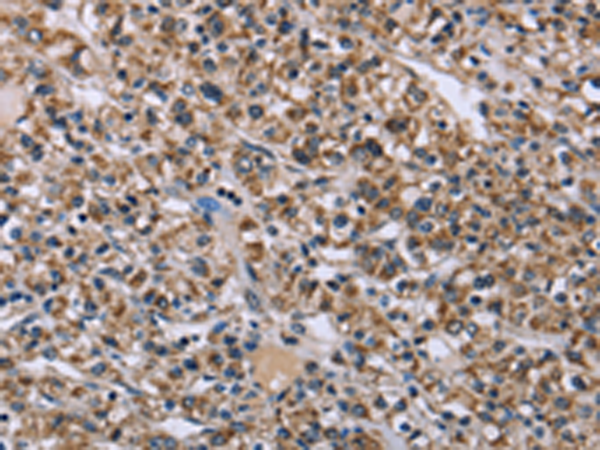| 货号: S217396 |
| 产品全名: KCNJ11 兔多抗 |
| 基因符号 BIR; HHF2; PHHI; IKATP; TNDM3; KIR6.2 |
| UNIPROT ID: Q14654 (Gene Accession – BC112358 ) |
| 背景: Potassium channels are present in most mammalian cells, where they participate in a wide range of physiologic responses. The protein encoded by this gene is an integral membrane protein and inward-rectifier type potassium channel. The encoded protein, which has a greater tendency to allow potassium to flow into a cell rather than out of a cell, is controlled by G-proteins and is found associated with the sulfonylurea receptor SUR. Mutations in this gene are a cause of familial persistent hyperinsulinemic hypoglycemia of infancy (PHHI), an autosomal recessive disorder characterized by unregulated insulin secretion. Defects in this gene may also contribute to autosomal dominant non-insulin-dependent diabetes mellitus type II (NIDDM), transient neonatal diabetes mellitus type 3 (TNDM3), and permanent neonatal diabetes mellitus (PNDM). Multiple alternatively spliced transcript variants that encode different protein isoforms have been described for this gene. |
| 抗原: Fusion protein of human KCNJ11 |
| 经过测试的应用: ELISA, IHC |
| 推荐稀释比: IHC: 50-200; ELISA: 2000-5000 |
| 种属反应性: Rabbit |
| 克隆性: Rabbit Polyclonal |
| 亚型: Immunogen-specific rabbit IgG |
| 纯化: Antigen affinity purification |
| 种属反应性: Human, Mouse, Rat |
| 成分: PBS (without Mg2+ and Ca2+), pH 7.4, 150 mM NaCl, 0.05% Sodium Azide and 40% glycerol |
| 研究领域: Metabolism, Cancer, Neuroscience, Cardiovascular |
| 储存和运输: Store at -20°C. Avoid repeated freezing and thawing |

Immunohistochemistry analysis of paraffin embedded Human prostate cancer tissue using 217396(KCNJ11 Antibody) at a dilution of 1/40(Cytoplasm). | 
In comparision with the IHC on the left, the same paraffin-embedded Human prostate cancer tissue is first treated with the fusion protein and then with 217396(Anti-KCNJ11 Antibody) at dilution 1/40. |
|




